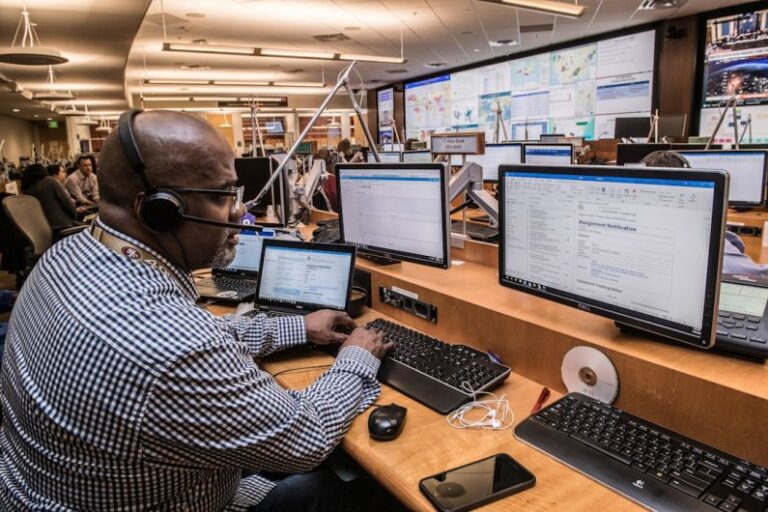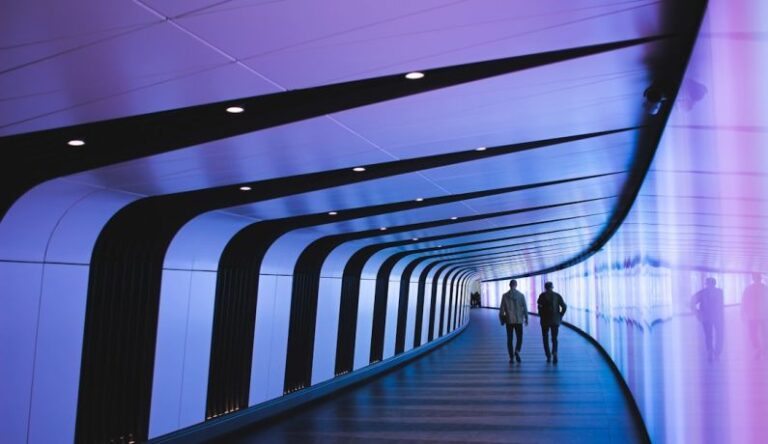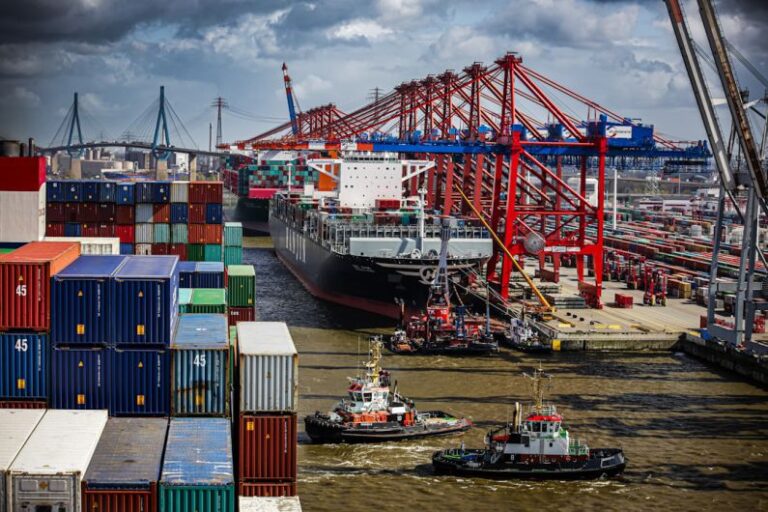Sustainable Transportation Solutions for Urban Areas
In today’s rapidly growing urban areas, one of the biggest challenges faced is transportation. The increasing population density in cities has led to congestion, pollution, and a strain on existing transportation infrastructure. To tackle these issues and create a more sustainable future, innovative transportation solutions are needed. Sustainable transportation options not only help reduce emissions and alleviate traffic congestion but also promote healthier and more livable cities for residents. Let’s explore some sustainable transportation solutions that can transform urban areas for the better.
Embracing Public Transportation
Public transportation plays a crucial role in reducing the reliance on personal vehicles and decreasing traffic congestion in urban areas. Investing in efficient and well-connected public transportation systems, such as buses, trams, subways, and commuter trains, can encourage more people to leave their cars at home and opt for public transit instead. By providing reliable, affordable, and convenient public transportation options, cities can promote a shift towards more sustainable modes of travel.
Promoting Cycling Infrastructure
Cycling is not only a sustainable mode of transportation but also offers numerous health benefits. To encourage more people to cycle, cities need to invest in cycling infrastructure, such as bike lanes, bike-sharing programs, and secure bike parking facilities. By creating a safe and accessible environment for cyclists, cities can promote active transportation and reduce carbon emissions from motor vehicles. Additionally, promoting cycling can help alleviate traffic congestion and improve air quality in urban areas.
Implementing Carpooling and Ridesharing Services
Carpooling and ridesharing services provide a more sustainable alternative to single-occupancy vehicles. By sharing rides with others, individuals can reduce their carbon footprint, save money on transportation costs, and alleviate traffic congestion. Cities can encourage carpooling and ridesharing by offering incentives such as carpool lanes, designated pickup points, and discounted parking fees for carpoolers. Embracing these shared mobility solutions can help optimize the use of vehicles on the road and promote a more sustainable transportation system.
Investing in Electric Vehicles
Electric vehicles (EVs) are becoming increasingly popular as a sustainable transportation option. By transitioning from traditional gasoline-powered vehicles to EVs, cities can significantly reduce greenhouse gas emissions and improve air quality. To support the adoption of EVs, cities can invest in charging infrastructure, offer incentives for EV owners, and integrate electric buses and taxis into their public transportation fleets. By embracing electric mobility, urban areas can move towards a cleaner and more sustainable transportation future.
Creating Pedestrian-Friendly Environments
Promoting walkability is essential for creating sustainable and vibrant urban areas. By prioritizing pedestrian infrastructure, such as sidewalks, crosswalks, and pedestrian-only zones, cities can encourage more people to walk and reduce the need for motorized transportation. Creating pedestrian-friendly environments not only improves the overall quality of life for residents but also helps reduce traffic congestion, enhance public safety, and support local businesses. By designing cities with pedestrians in mind, urban areas can become more sustainable and people-centric.
Innovating with Mobility as a Service (MaaS)
Mobility as a Service (MaaS) is a concept that integrates various transportation modes into a single, accessible platform. By offering a seamless and convenient way for users to plan, book, and pay for different modes of transportation, MaaS can promote a more sustainable and efficient urban transportation system. Through MaaS apps, users can access information about public transportation, cycling routes, ridesharing services, and more, making it easier to choose sustainable travel options. By embracing MaaS, cities can enhance the overall mobility experience for residents and visitors while reducing reliance on private vehicles.
Driving Towards a Sustainable Future
As urban areas continue to grow and evolve, sustainable transportation solutions are essential for creating more livable and environmentally friendly cities. By embracing public transportation, promoting cycling infrastructure, implementing carpooling and ridesharing services, investing in electric vehicles, creating pedestrian-friendly environments, and innovating with Mobility as a Service, cities can transform their transportation systems for the better. With a collective effort towards sustainable transportation, urban areas can drive towards a greener, healthier, and more sustainable future for all.






